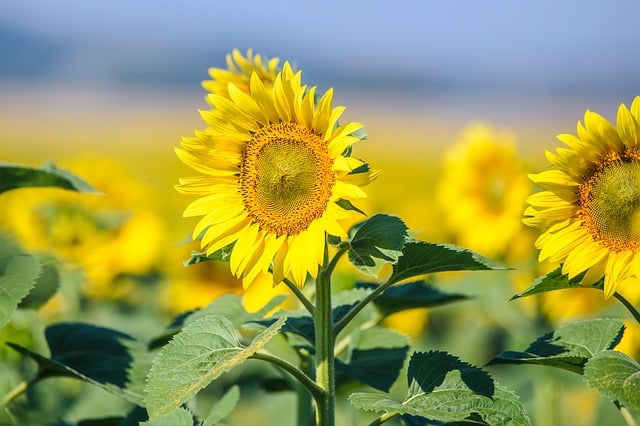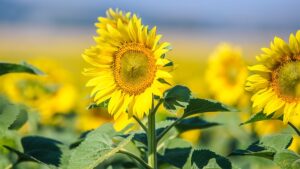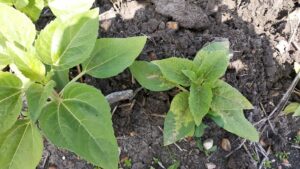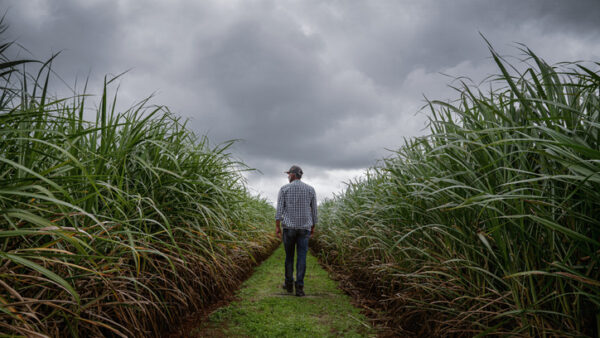Sunflower is one of the most widely grown oilseed crops in the world, adapting well to semi-dry and dry conditions. Among the many hazards that can affect the sunflower crop in the field, one of the most dangerous is broomrape (Orobanche cumana).
Broomrape is a root parasitic plant. Its seeds germinate intensively as a result of sunflower root secretions. Broomrape sprouts penetrate the vessels of the host plant, developing at the latter’s expense and seriously affecting its growth. Depending on the level of infestation in the field, yield loss can exceed 50 per cent. Broomrape as a plant-parasite has many mutations. It can grow in soil temperatures of about 16-25°C, with soil humidity of around 70-75 per cent and can stay in the soil for up to 20 years. It spreads very quickly via the wind, agricultural tools, shoes, etc.
Based on the way the parasite grows and its effects on sunflower plants, different solutions are offered to control it, including crop rotation, chemical control and one that is eco-friendly and reduces farmers’ costs: genetic resistance.
One of the main objectives of Lidea’s breeding programmes is the development of broomrape-resistant hybrids through a genetic approach, adapted to different growing regions. Genetic resistance is ensured by the presence of one or more broomrape genes in the hybrid. This is why Lidea’s teams work not only on improving disease resistance, oil content and yield, but also on adding and stacking the different dominant broomrape genes into hybrids to make them genetically resistant to the disease. This is a mammoth task requiring several years of breeding. The presence of the genes is verified in the laboratory, but resistance is also checked through field tests, in real situations, in the various countries where broomrape is a problem and where pressure varies significantly. By observing results on the ground, Lidea is in a position to select the best genetics that work everywhere.
Lidea’s solutions do not focus on one specific area (Spain or Romania for example), but on all areas where broomrape is present (from south to north, and east to west). Lidea’s research teams work across the widest possible area in order to be in close proximity to farmers’ conditions.
To help farmers combat broomrape, Lidea launched the OR MASTER seed solution for the control of broomrape at the genetic level. Given that broomrape pressure is highly heterogenous, even within a single field, OR MASTER has been split into two labels: ESSENTIAL and PREMIUM. This allows flexibility in the choice of hybrids depending on the level of pressure in a given area or a specific field. Where there is very high broomrape pressure, varieties from the PREMIUM label should be chosen, whereas for fields where pressure is moderate or low, the ESSENTIAL label is suitable.
The use of hybrids from OR MASTER ESSENTIAL or PREMIUM labels allows farmers to be more flexible with the crop and surfaces within an area’s perimeter, in the case of crop rotation or chemical control options being impacted by weather or local climatic conditions.









